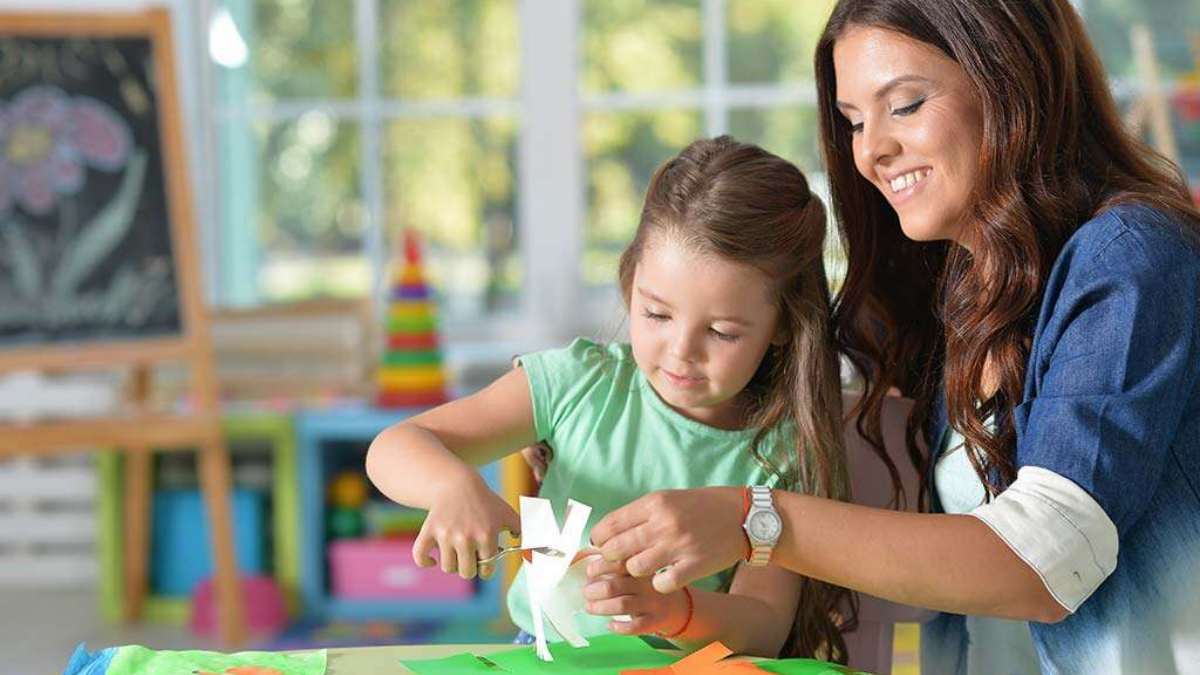
After-school time presents a serious challenge for working parents. While the end of a school day offers a perfect opportunity for children to explore interests and learn skills, the costs, timing, and transportation can sometimes prevent parents from being there for their children. A recent national survey revealed 65% of parents enroll their children in after-school activities. They do this not only for child care but to encourage children to develop new perspectives, experiences, and ideas beyond their typical school and home lives.
The most common after-school activities for children are art workshops. Parents view art activities as a rewarding way to keep kids busy, whether they’re at home or work. Besides keeping them occupied, art improves a child’s motor and communication skills and develops their sense of self. This is why many parents encourage creativity in their children from infancy to expand their learning and as an extension of playtime.
Child experts urge parents to guide their children on their creative journey. This won’t only strengthen their bond but also open doors for further creativity and exploration. From dance workshops, acting classes, and art programs, there are plenty of opportunities out there to help kids develop a different appreciation of art. Some parents can get so involved that they join in with their children to do scrapbooking by collecting art supplies such as colored pens, colorful cardstock, animated stickers, and scrapbooking paper.
Despite the many avenues to appreciate art, several distractions such as electronic gadgets hinder children from exploring their creativity. To help your children gain interest in art, here are ways to encourage them to be creative.
Table of Contents
Show your Involvement
It’s hard to encourage a child to like art if they don’t like it from the start. This is a common concern among parents who have a hard time enrolling their kids in art-related classes. Forcing them to do it out of their will often leads to resistance, tantrums, and rebellious behavior.
Here’s a fact. There’s nothing wrong with a child who doesn’t like art. It’s okay and completely natural. We cannot expect children to love art the moment they are born. Every person, whether a child or adult, has different inclinations and interests, which makes us all human beings.
There are plenty of ways to expose your child to the benefits of art. Although art is one of the best avenues to enhance creativity, it’s not the only way to do it. This is the best way to pursue one’s personal interests. If the child has no interest in visual art, don’t force them to like it. Parents should do their best to help their children develop their creativity throughout their childhood, and one way to do it is to find what they love to do.
Besides visual art, other approaches to explore creativity include science experiments, pretend play, construction, music, dance, and acting. Don’t simply give up when your child shows no interest in art. As the parent, respect their individuality and preference while giving them different art opportunities occasionally.
Fill your Home with Inspiration
Children hate following instructions. They like to explore on their own and find their interest without their parents imposing their choices on them. To encourage creativity without looking too intrusive is to create an environment where they can develop an interest in art. Children in their early years are like little sponges; they absorb information around them almost unknowingly and actively make sense of it.
Parents should take advantage of this stage by creating a conducive learning environment. Your role as the parent is to show your interest and engagement in art. Young children also learn by copying. They tend to copy everything that adults do at home, which also has long-term implications n their behavior. Use this to your advantage by playing music, making art, reading books, or singing to your favorite music at home. But make sure to do this consistently to establish the child’s expectations about how the family values art at home.
Another way is to provide kids with complete art tools to encourage them to channel their creativity. You can buy musical instruments, Lego blocks, quality pens, or scrapbooking supplies.
The Bottom Line
Whether your child is a budding artist or grade-school dabber, provide them with the opportunity to express their creativity. Who knows? Your child can be one of the next generations of curators, artists, or art collectors. Remember, parents have a critical responsibility to let their kids explore the world of art through creativity and exploration. This offers a long-term benefit to your child’s life in terms of gaining perseverance, confidence, and positive emotional responses in any stressful situation.